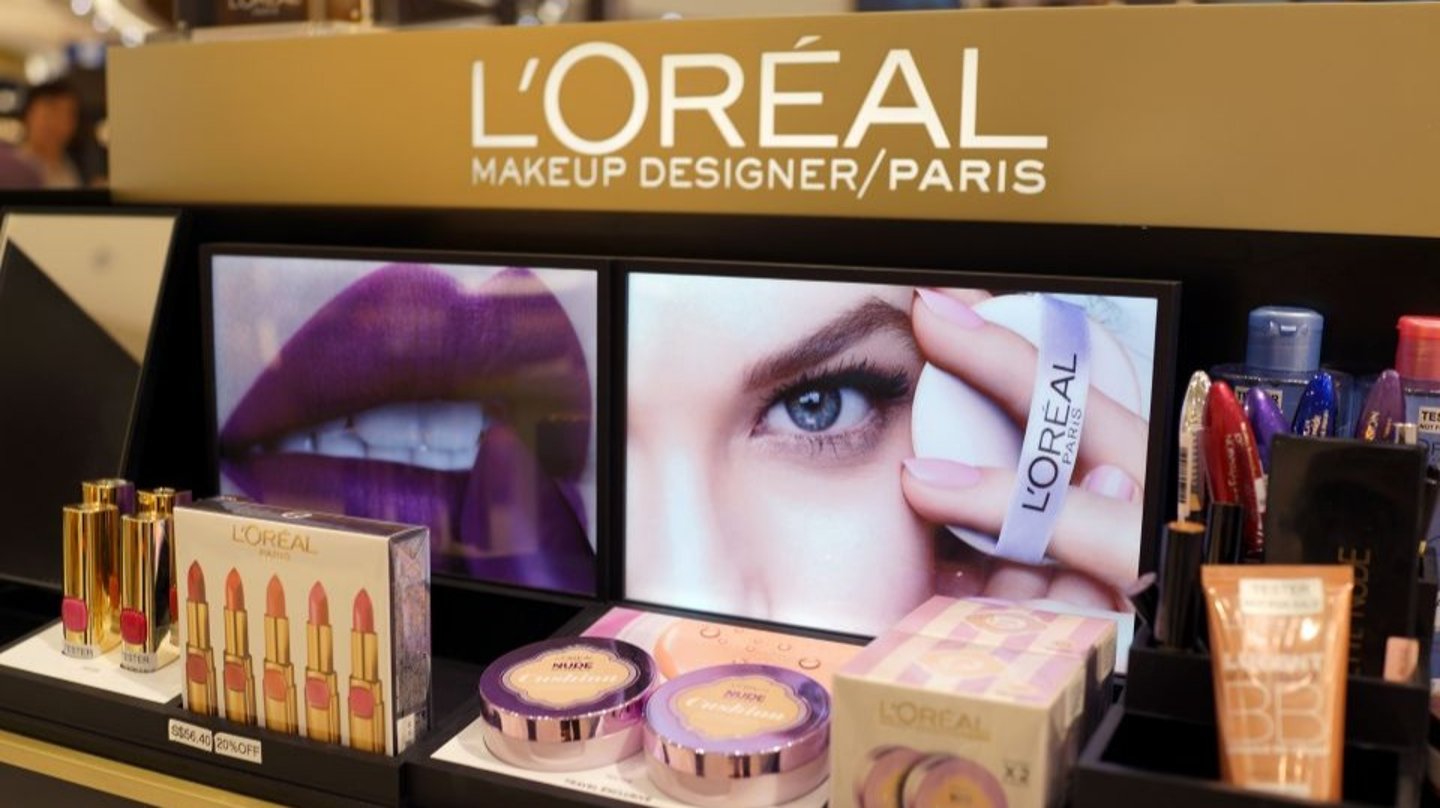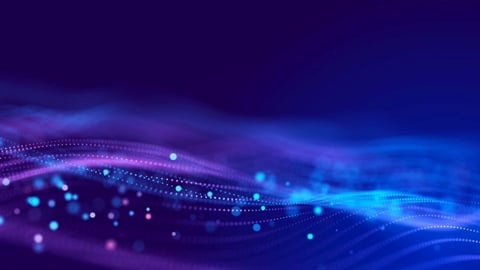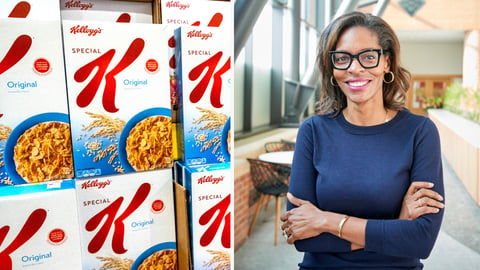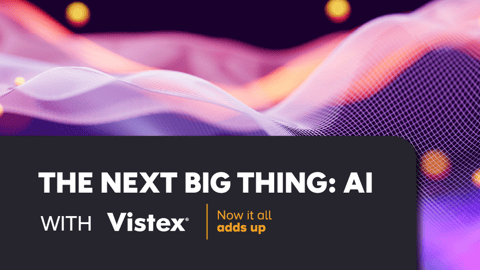L’Oreal Partners With Google on Gen AI-Accelerated Content Generation
L’Oreal’s use of generative AI technology is taking its concept creation timeline from weeks to days, expedited by image models from Google.
The company has been using Imagen 3 and Gemini multimodal models within its AI-powered beauty content lab CREAITECH, established last year, to optimize creative ideation and streamline marketing processes.
Doing so has allowed L’Oreal teams to generate visuals that align with the company’s brand identities by simply describing marketing ideas via prompts. For example, images from a shampoo photoshoot in Europe can be quickly exported to other markets such as Paris or Japan, reframing the asset for new campaigns.
“We can take the same product shot and seamlessly place it in a Japanese garden, on a bustling Parisian street, or any other relevant setting, ensuring the visual resonates with the local audience while staying true to the brand,” Antoine Castex, group data and AI enterprise architect at L'Oréal, said in an interview with Google.
L’Oreal’s AI Governance
Part of L’Oreal’s AI safeguards, officially defined in 2021, include staying away from AI-generated likenesses: no life-like people, faces, bodies, hair, or skin in advertising.
“People are afraid of generating content that is out of control, not well evaluated or copyrighted,” Machado said. “Our job is to show we have assessed, we have tested, we have control and we’re secured. You can play safely and there is no risk.”
Benefits & Future Implementations
The technology has helped expedite concept generation, storyboarding, and testing product pack shots in different environments, Thomas Alves Machado, L'Oréal’s generative AI global content director, told Google.
Also read: How L’Oreal is using gen AI in product personalization
Along with time savings, the company is seeing a reduction in cost given the number of assets the gen AI models create and the visualization capabilities to explore variations in packaging design and sizes without requiring more expensive 3D printing-based prototyping.
The next iterations with Google’s Veo 2 will take static images and use them to develop eight-second animated marketing assets. Castex said upgrades will include pre-trained elements in both video and audio for the brands currently involved in the gen AI effort.





